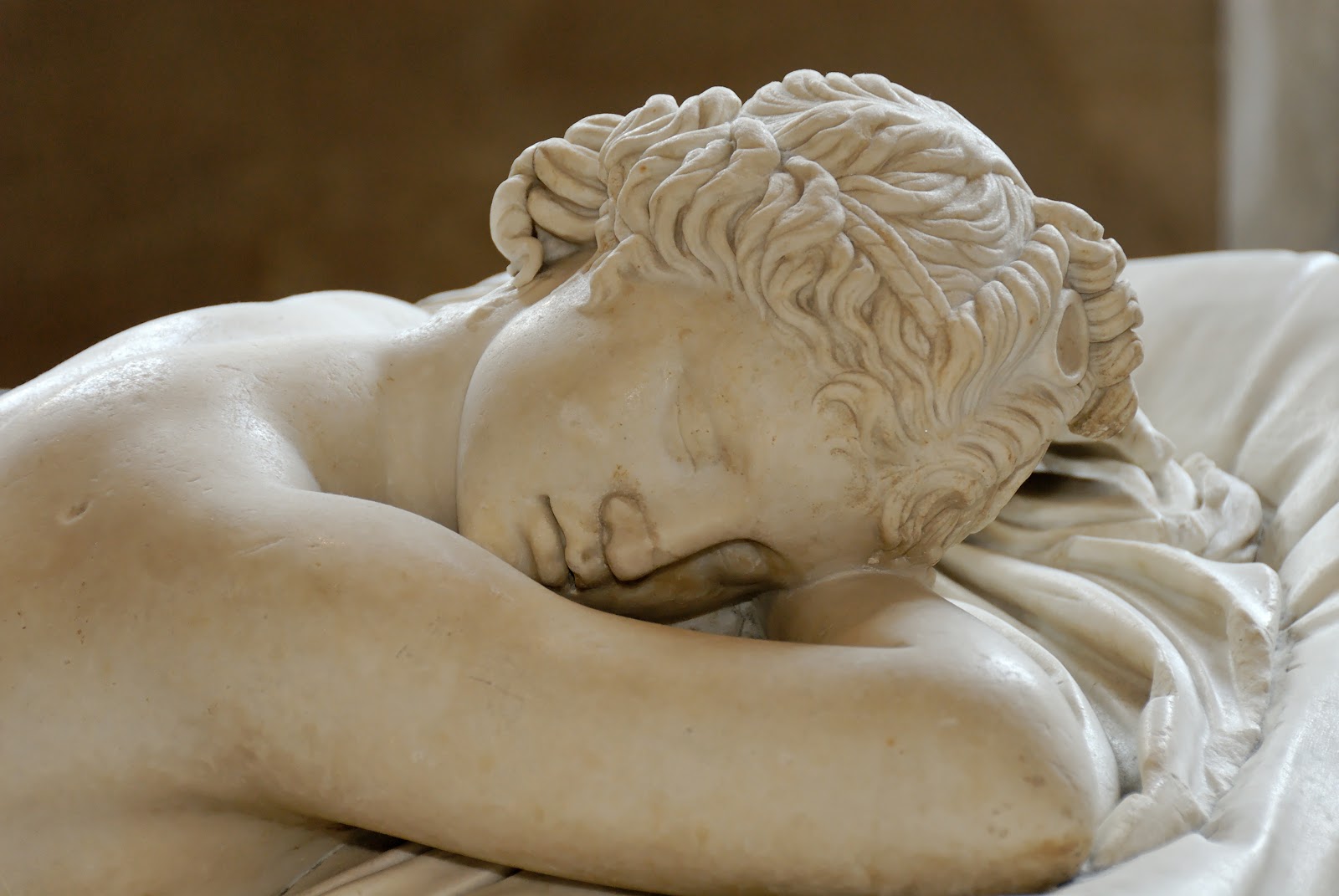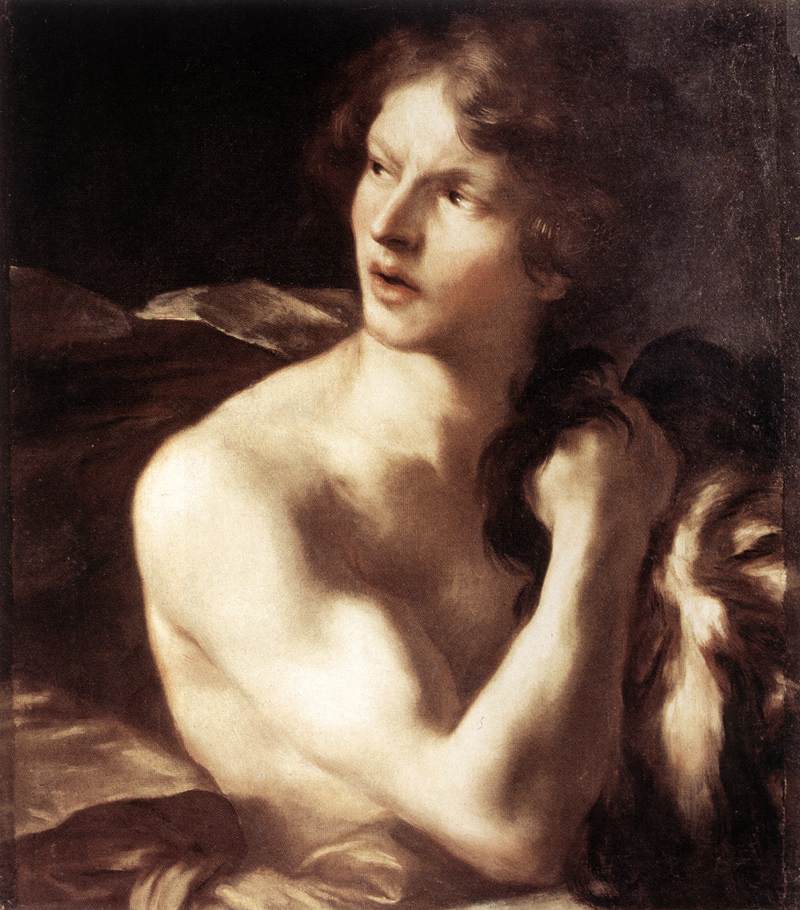Nessun altro stilista ha avuto un'influenza maggiore di Erté nel XX secolo.
Le sue creazioni sgargianti hanno caratterizzato uno dei decenni più opulenti ed iconici della storia: gli anni '20.
Attraversando molti ambiti della cultura visiva, tra cui illustrazioni per riviste di moda, costumi per l'opera e il balletto, scultura e scenografia per il teatro, lo stile inconfondibile di Erté ha segnato l'era moderna.













.jpg)
.jpg)














.jpg)
.jpg)









